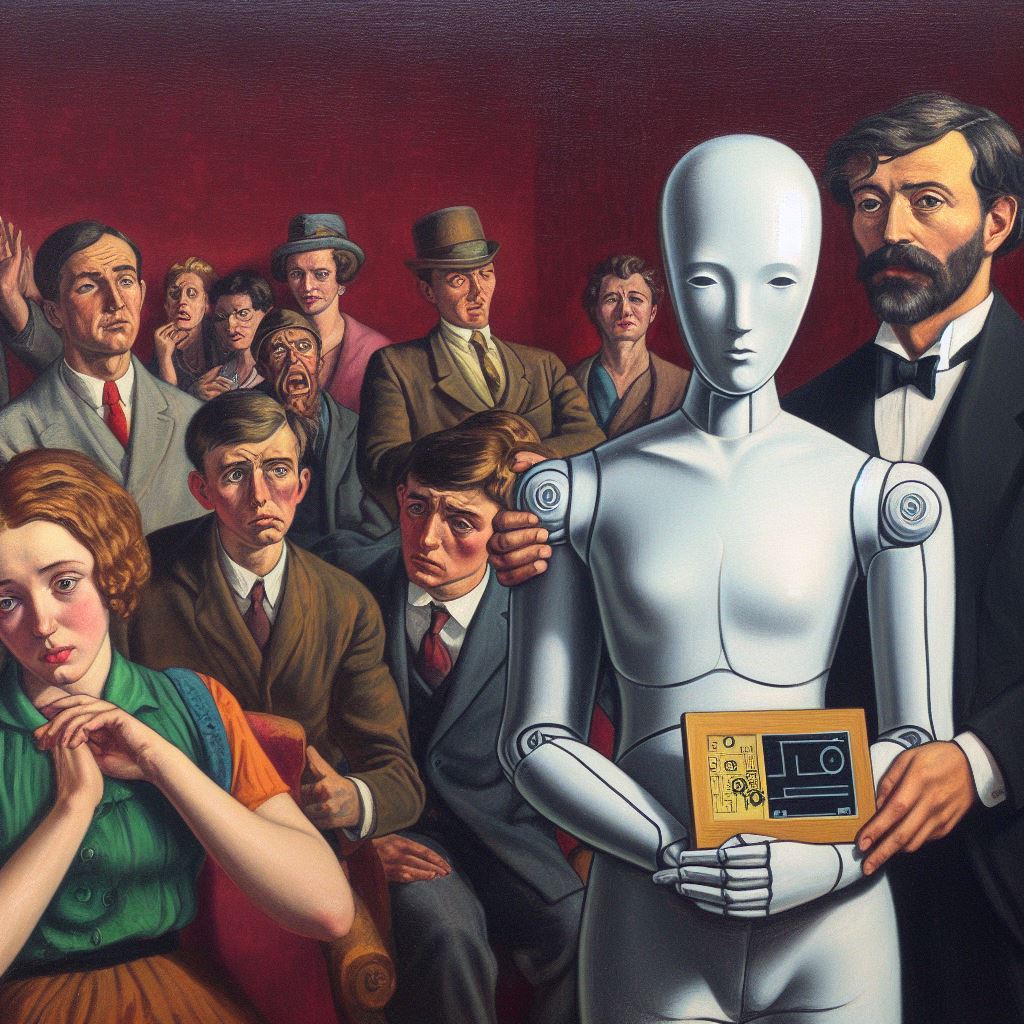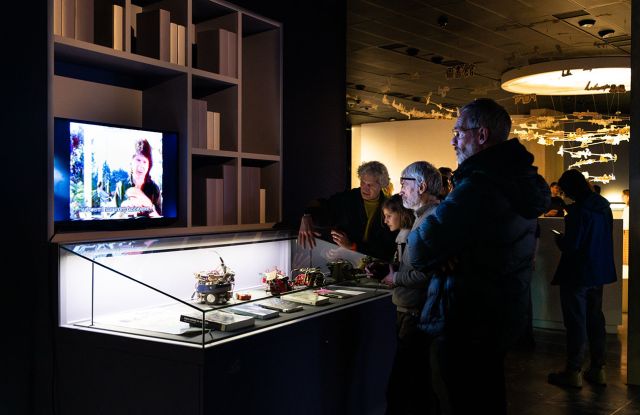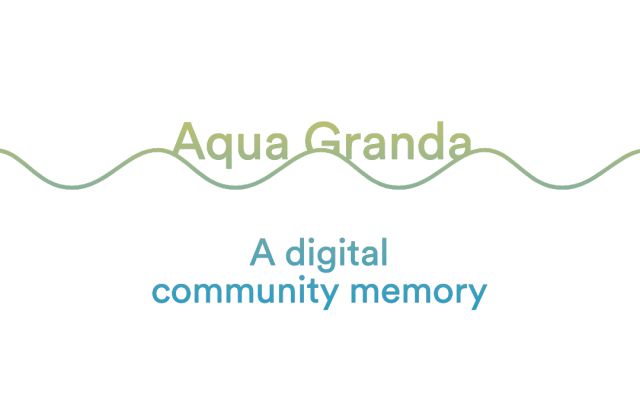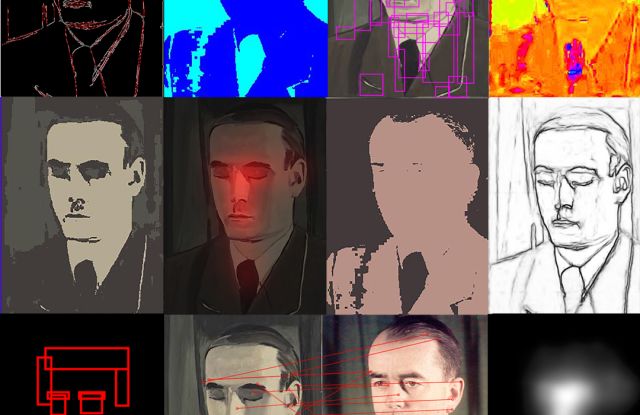AI, the winning artist?
Folco Soffietti, Venice International University.

The recent discussion sparked around art prizes being assigned to artworks generated by AI - whether stated or only revealed afterwards - leaves space for interesting reflections.
Boris Eldagsen, Berlin-based photo & video artist, purposely entered the Sony world photography with an AI-generated work, in order to provoke a debate. Eventually he refused the Sony World Photography Awards 2023 prize considering it a flaw in the organization of the contest, since AI images and photos – he stated – should not compete with each other, and this, despite the jury having inquired beforehand if the photography had been co-created by AI. According to the jurors, it was important to acknowledge the need to address the role of AI in art creation and the broader consequences of this new practice(Grierson, 2023).
And indeed, the fact that the most recent release of Photoshop, the world leading software for photo retouching from Adobe, has embedded an AI generative tool able to modify and fill pictures, makes it urgent the need to understand and address AI in creative processes.
The world of photography is however not the only one affected, in our fast changing society: digital art can also be considered a traditional medium as proved by Jason Allen’s win at the Colorado State Fair’s digital arts competition with his work “Théâtre D’opéra Spatial”. Several digital illustrators were not happy with this result when it emerged that the AI platform ‘Midjourney’ was involved in the process, and this despite the claim that 80 hours were needed to complete the artwork.
The fair’s submission guidelines do not directly mention AI-generated art, but they define digital arts as “artistic practice that uses digital technology as part of the creative or presentation process”, hence AI could enter. Also, the judges said “they awarded the top prize based on the story that Théâtre D’opéra Spatial tells, as well as the spirit it invokes” and this would have been the result in spite of the media involved, as far as they are digital (Kuta, 2022).
The concern of professionals and early career artists are understandable (readers will remember the anti-AI posts that appeared consistently on Instagram accounts at the end of 2022). Contests are one of the first steps to enter the art market and gain recognition. AI implies a democratization of the possibility to create artworks in several styles, virtually allowing everyone to be an artist or, at least, a content creator. This also opens the Pandora's box of copyright infringement, an issue not-so easy to address, in which the law is generally still trying to bind the copyright to a human intellectual creative process, with the notable exception of UK as well explained by Borg et Al., 2023.
It will also be interesting to discover how the future art critics and citizens will look at this early age of AI art. Will the human author be remembered or will the AI process be remembered? Or, as it happened in the past, the AI and the authors will, to the non-expert eye, be fused in an art movement or period?
Coming back to art contests, in more practical and urgent terms what should be addressed is the assessment method of the contest itself. It is likely that AI art will be inscribed into dedicated categories, even though Visual Arts categories are usually extremely broad and could allocate AI artworks. Of course it remains difficult to evaluate the level of AI involvement: is it just for retouching, is it for improved resolution or light management, is it only part of the image, is it the starting point?
Regarding the latter case, one we might call “AI based”, what the assessment may still consider, at least in the current AI tools, is another specificity: the prompt.
The prompt contains the instructions and, as such, reveals the intention of the human creator, hence testifying the creativity and the consistency in the idea-result. The references employed would also be presented, helping verifying that no copyright infringement occurred. Moreover, the writing style can be another indicator of quality, for instance achieving a certain visual result with a poem, a rich lexicon, or an effective sentence.
The full implication of AI to the art work are only at their dawn, and if curiosity on how art history will evolve is high, also regarding what machines will do, there is currently the need to ensure that art contests are transparent, that traditional and AI-related entries have categories and opportunities to be assessed and awarded. Transparency of rules and clarity of indicators will help the current and future generation of artists to adapt and integrate, if they wish, AI in their artistic process, without interfering with traditional processes that will coexist along AI art.
References
Borg, W. P.-J., Podoprikhina, G., & Alexander, L. (2023, February 21). AI-Generated Art: Copyright Implications. Lexology. https://www.lexology.com/library/detail.aspx?g=fff221ab-66ce-4cbb-8f0d-687850888696
Kuta, S. (2022, Sept 06). Art Made With Artificial Intelligence Wins at State Fair. Smithsonian Magazine: https://www.smithsonianmag.com/smart-news/artificial-intelligence-art-wins-colorado-state-fair-180980703/
Grierson, J. (2023, Apr 17). Photographer admits prize-winning image was AI-generated. The Guardian: https://www.theguardian.com/technology/2023/apr/17/photographer-admits-prize-winning-image-was-ai-generated
More Articles

Science on the edge of chaos

Aqua Granda | A Digital Community Memory
